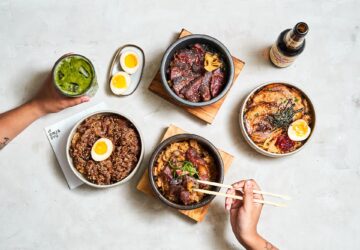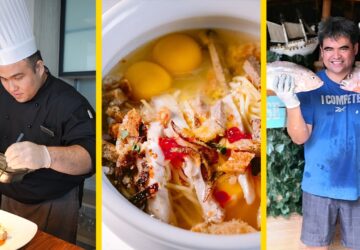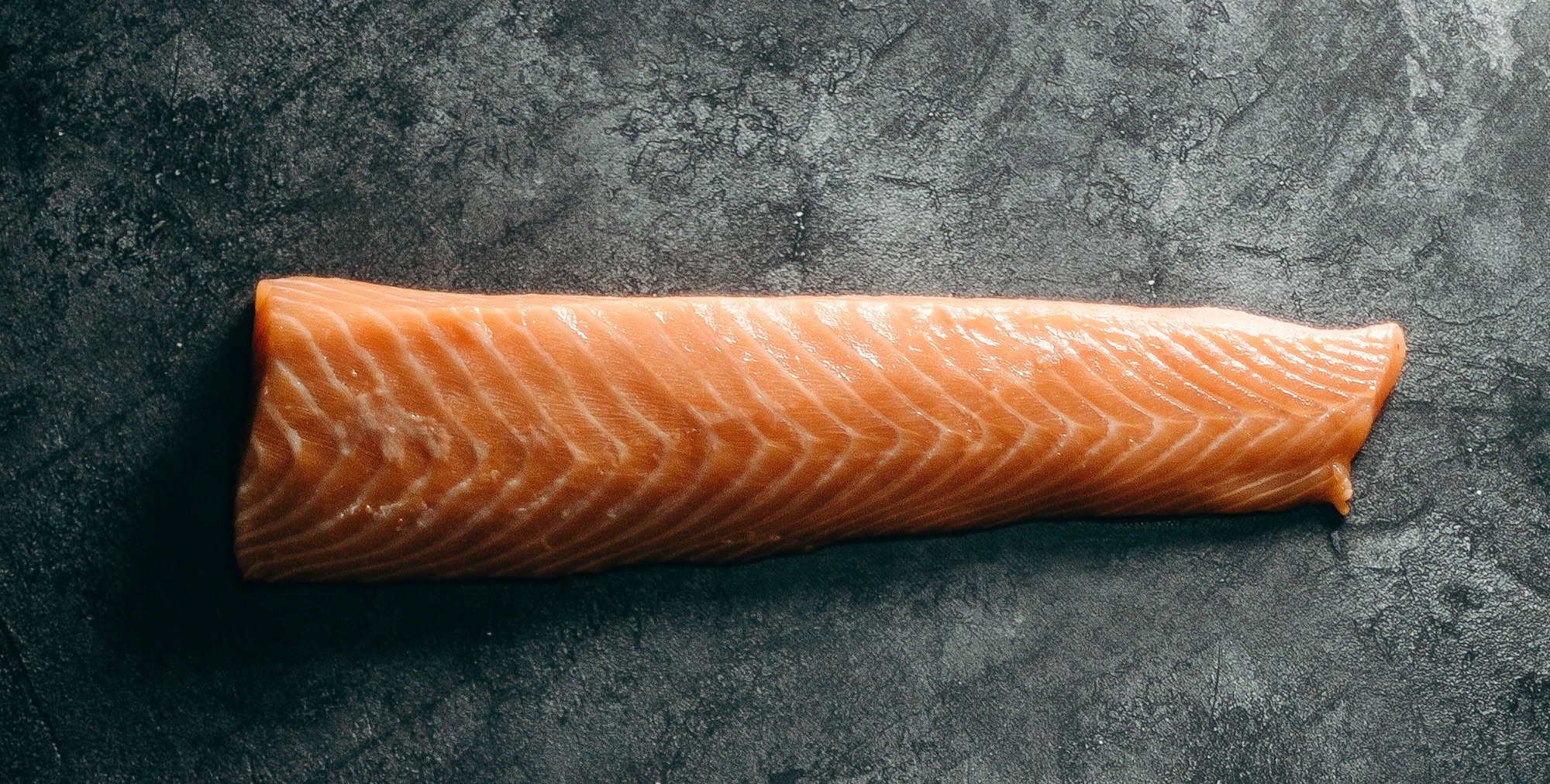When one ventures into cooking fish, the logical choice is to deal with salmon.
Prized for its texture, flavor, and health benefits, this in-demand fish peaked in popularity as soon as restaurants chose to serve it. Steamed, baked, pan-seared, and poached are among the many cooking variations it is prepped with.
Salmon is quite flexible and makes the perfect canvas for myriad flavors. In other words, it is an ideal seafood. And it’s for that same reason why it has become such an ordinary fish, which, consequently, precipitated its “downfall.” It became commonplace and less special that people started to look for something else, and the farms that had increased its salmon production in response to the early demand are slowly losing their prime seat. What better time, then, to have salmon regain its premium badge?
Native to both the Atlantic and Pacific Oceans, salmon is in the same family as trout, char, and greyling. Being an anadromous species, it is born in fresh water then later migrates to the ocean, only to return to fresh water to reproduce and spawn. Known for its beautiful color, its flesh can vary from a very subtle pale pink to a much deeper shade, on the verge of red. Salmon is known to be an oily fish, jam-packed with omega-3 oils and a high quantity of vitamin D.
While it is versatile, cooking methods have to be refined to be as close to perfection, as overcooking salmon can result in an undesirable texture as well as taste, while undercooking it can often fail to bring out the delicate flavors within.
While it is versatile, cooking methods have to be refined to be as close to perfection, as overcooking salmon can result in an undesirable texture as well as taste, while undercooking it can often fail to bring out the delicate flavors within.
Consumer salmon is either farmed or comes from the wild, and thanks to nature reserves, wild salmon numbers continue to grow and become sustainable over the years. The price of wild salmon easily triples that of farmed due to its rarity. Salmon is best eaten fresh, but like many chefs, I prefer it aged, which helps concentrate the flavor and firm up its texture. The optimum aging window is only three days, kept at 0 to 4°C.
Restaurants are bringing the sexy salmon back with a number of creative executions. As a result, salmon has never looked—and tasted—so good.
Salmon croquettes with tobiko and sriracha mayo
Serves 4
Prep time 45 minutes
Ingredients
200 grams salmon fillet
1 yellow onion
2 stalks celery
½ cup white wine
2 tbsp butter
salt and pepper, to taste
cream, as needed
1 egg
2 tbsp milk
flour, as needed
Panko breadcrumbs, as needed
80 ml sriracha
300 ml mayonnaise
4 tbsp tobiko
Procedure
- In a medium sauté pan, melt butter. Once it starts to bubble, add onions and celery. Cook until translucent and fragrant.
- Add salmon and continue to cook.
- Pour white wine and reduce by half before adding the cream.
- Season with salt and pepper. Transfer to a tray. Chill in the refrigerator, covered.
- Prepare the egg wash by mixing egg and milk. Whisk well.
- Gently make cold salmon mixture into balls. Roll in flour, dip in egg wash, and coat with breadcrumbs.
- Gently drop salmon croquettes in a deep fryer at 350°F. Cook until golden brown.
- To prepare the sauce, combine sriracha, mayonnaise, and tobiko in a bowl. Mix well. Serve with the croquettes.
Originally published in F&B Report Vol. 12 No. 6





